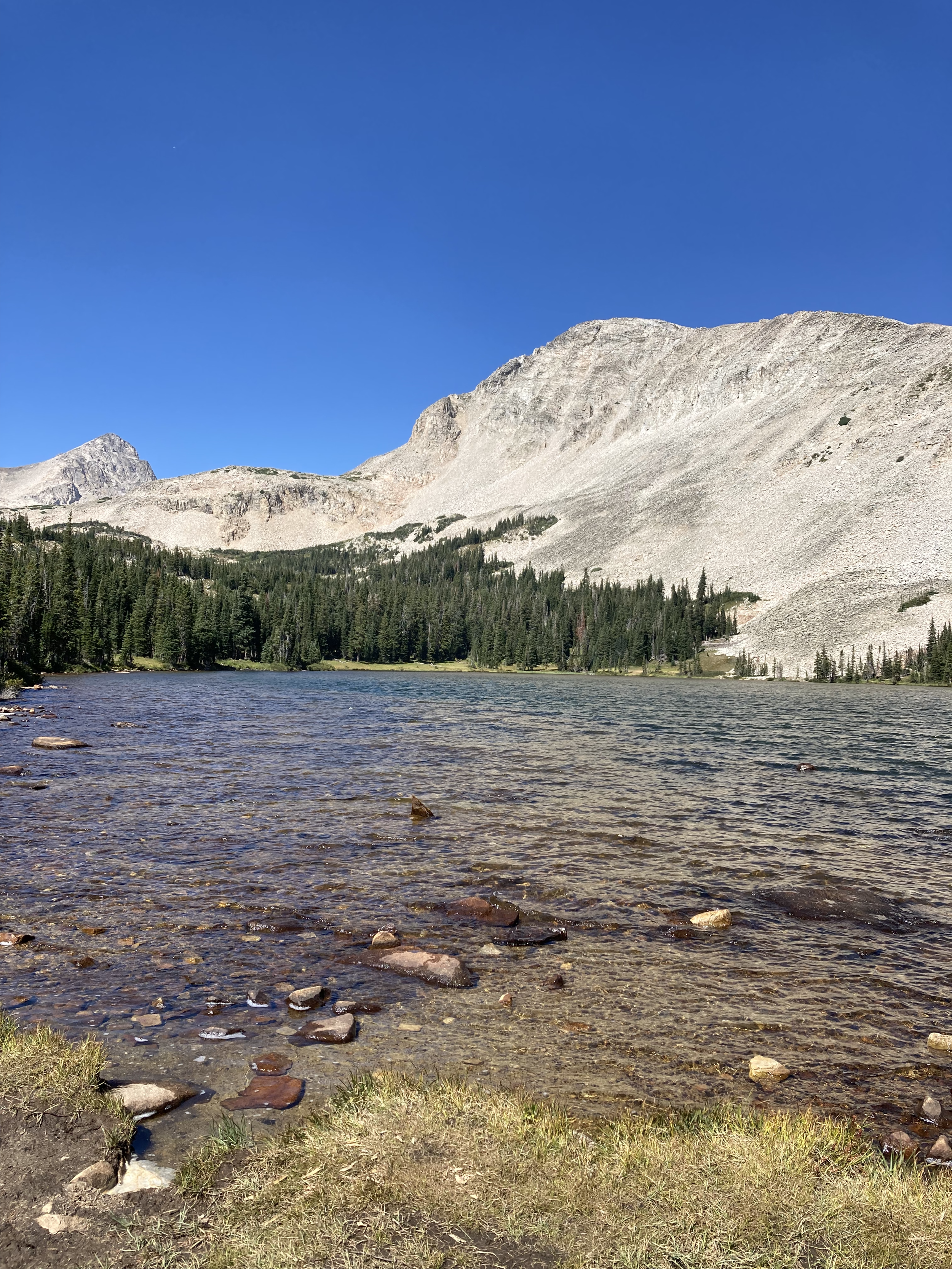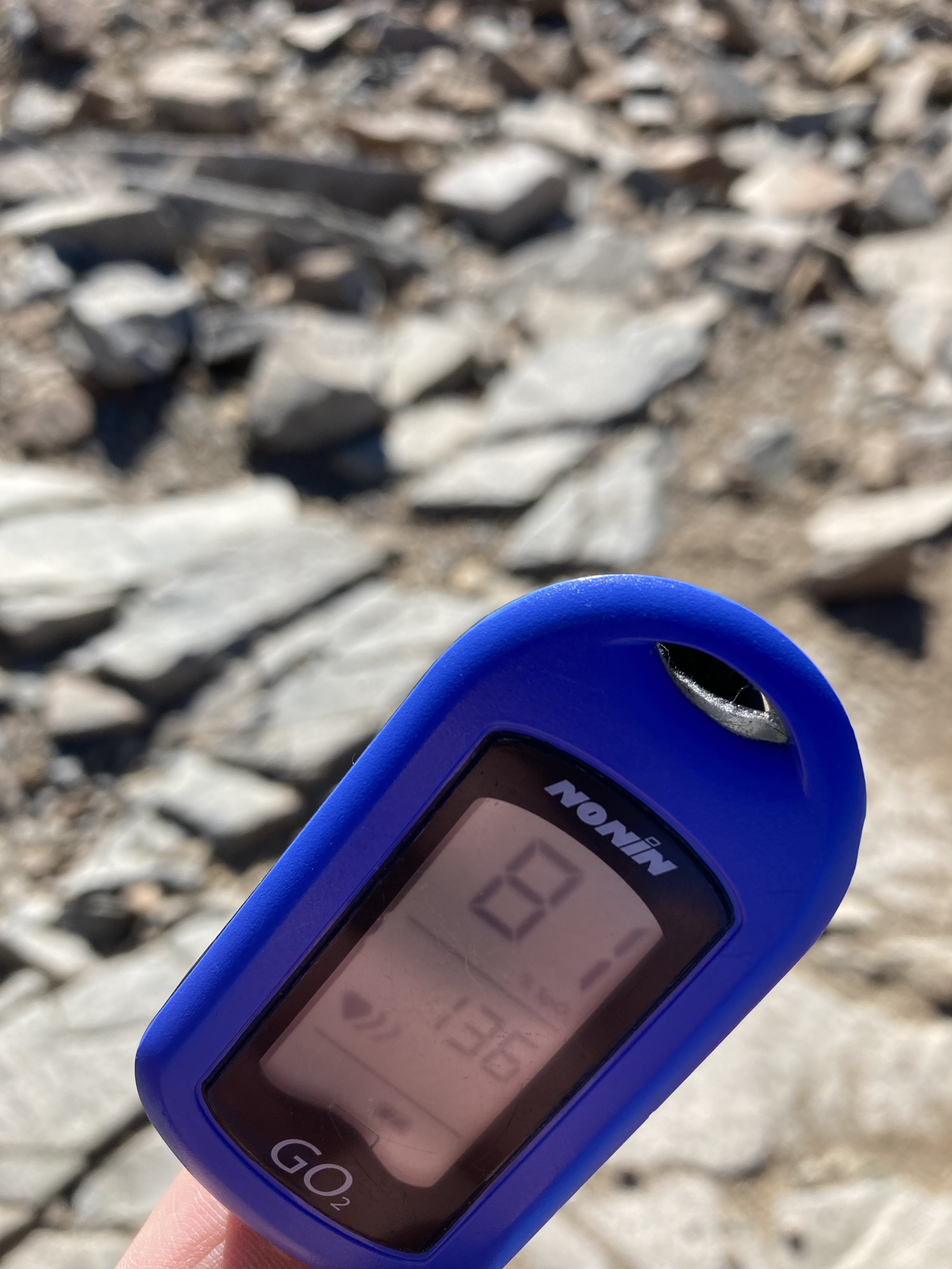Listen Instead of Reading
If you enjoy listening, you can subscribe to the audio version on Spotify, Apple Podcasts, and Audible so you don’t even have to look at the email 😊
4 Thoughts
1. A More Eloquent Way to Say “Extend Your Exhale”
Here’s a more eloquent way to say, “extend your exhale,” which applies to all aspects of life: Give more than you receive.
***
P.S. This was inspired by two of my favorite teachers, Eddie Stern & Emily Hightower. See the audio version above at the 38-sec mark for the full story.
2. Get More Benefits Out of Your Practice with No Added Effort
“Petr Janata…is a cognitive neuroscientist and expert on music in the brain. He theorizes that the low frequency of the sound of water, coupled with its rhythmic nature, is similar to the frequency and rhythm of human breath. Sound, Janata contends, ‘affects our brain and influences our emotions. If I ask you to close your eyes and turn on a recording of the ocean, I can change your mood immediately.’”
- Wallace J Nichols, Blue Mind
Here’s a simple way to increase the benefits of your breathing or meditation practice: add the sound of water. You can use headphones or sit outside near a body of moving water if you’re lucky enough to have one nearby.
Here’s a playlist I have been using and enjoying. I hope you do too 🏝
3. Slow Breathing is My Favorite, but Here’s Why Most Methods Work
“Differences in the effects of various stress management approaches are minor compared to the general goal of inducing a relaxation response. For more than fifty years, Harvard’s Professor Herbert Benson, author of The Relaxation Response, demonstrated that almost any type of relaxation inducer—prayer, meditation, rhythmic breathing, visualization, or biofeedback—can rapidly reverse the more than five hundred genes that are turned on by stress. In addition, those who regularly practice a relaxation method have better long-term health, recover faster from health challenges, and use fewer medical services.”
- Wayne Jonas, MD, How Healing Works
Sounds good to me 🤯
4. One Overarching Goal for Our Breathing
“Learn to do less, but more often.”
- Dr. Jason Selk & Tom Bartow, Organize Tomorrow Today
A perfect overarching goal for our breathing is:
Learn to breathe less, but more often.
P.S. to Thoughts 2, 3, and 4
These three books, Blue Mind, How Healing Works, and Organize Tomorrow Today, have significantly changed my life over the past few months. If you’re looking for something to read, I can’t recommend them enough.
1 QUOTE
“Western science is now finally catching up to the fact that controlled breathing practices can at least ‘enhance immunity, improve cardiovascular fitness, modulate chronic disease and increase longevity’, and at most lead to almost superhuman feats.”
1 ANSWER
Category: Deep Breathing & the Lungs
Answer: Deep breathing stretches the alveoli and increases their surface area, which reduces this and leads to better gas exchange in the lungs.
…
(Cue the Jeopardy! music.)
…
Question: What is dead space ventilation?
In good breath,
Nick Heath, T1D, PhD
“Breathing is the compound interest of health & wellness.”
P.S. Your call is very important to us.
P.P.S. Happy Birthday LP!
Breathing for Diabetes:
If you love learning about breathing, or just want to live an overall healthier life, I think you’ll really enjoy this class (diabetes or not).
* An asterisk by a quote indicates that I listened to this book on Audible. Therefore, the quotation might not be correct, but is my best attempt at reproducing the punctuation based on the narrator’s pace, tone, and pauses.
Sign Up For The Breathing 411
Each Monday, I curate and synthesize information from scientific journals, books, articles, and podcasts to share 4 thoughts, 1 quote, and 1 answer (like "Jeopardy!") related to breathing. It’s a fun way to learn something new each week.










